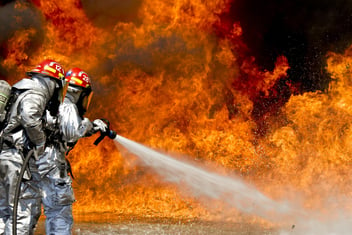How The Third Industrial Revolution is Changing Construction
Why is innovation important?
Today we live in a multi-crisis world. Climate change, cost of living, pollution, loss of biodiversity, they are all inextricably linked together. At times it can feel like we are locked into a system which is not fit for purpose, with huge costs to people and the planet. Innovation and mass production of renewable energy is part of the solution most would agree.
The economist, Jeremy Rifkin, who advises the European and Chinese governments has a logical and quietly optimistic view. This view actually places a huge amount of faith in innovation. Not a single innovation in particular but a complex web of technologies coming together that offer a new paradigm for people, governments and businesses to operate in. He describes the way in which industrial revolutions have happened in the past and how innovations have come together to create incredible new opportunities.
In this article I want to walk you through this journey and highlight how construction can make the most of what Jeremy Rifkin describes as The Third Industrial Revolution.
The first industrial revolution
The debate around exactly when the first industrial revolution began is always raging. Some describe it from when certain key machines were invented, or when city populations reached a certain size or even the point when emissions started to noticeably rise and marks the beginning of the era where we have transformed our global atmosphere.
All of these are probably arbitrary, as the revolution is really a coalescence of technologies that then enabled rapid changes in the way we do things. It all starts in England. In about the 1750s. Jeremy Rifkin always examines these revolutions through the lens of how we move, power and organise economic activity.
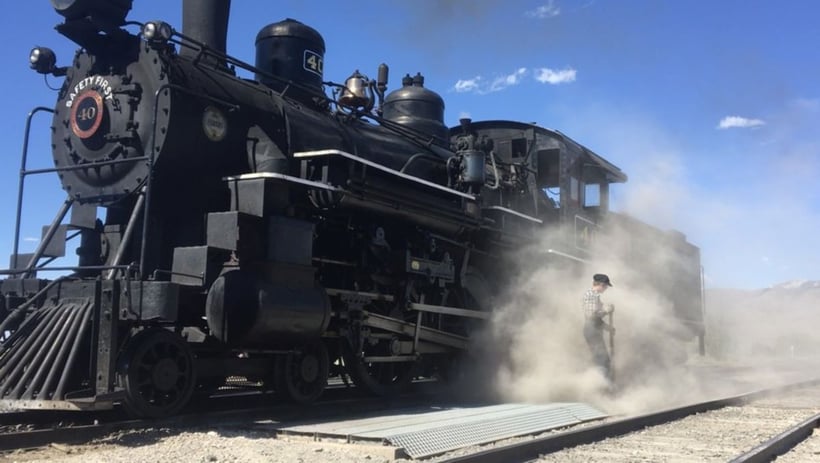
Rail - Steam powered machines started coming into fashion from 1769 when James Watt invented an engine capable of powering a wheel. This eventually evolved over the years into a huge variety of machines that could pump water and air out of mines and eventually the first public railway. This occurred in 1825, between Stockton and Darlington in the UK. George Stephenson and his train, which was an improvement upon many previous designs, was called Locomotion and its primary job was transporting coal from mines to the centres of industry in Britain at the time. This eventually led to a huge network of tracks which by 1870 spanned 13,500 miles, reaching 20,000 miles by 1914, which today has shrunk to just over 9,000 miles of track. This new form of transport was fundamental to a new way of moving economic life. It made travelling between cities accessible for people and freight trains formed the backbone of Britain's rapidly industrialising economy.
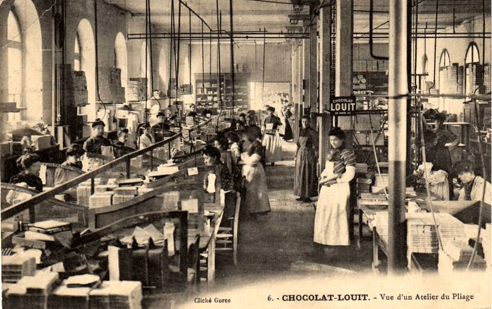
Coal - The energy to power these steam engines and many other kinds of industrial manufacturing devices came from coal. An incredibly energy dense material which is found in abundance around the world and can easily be burned to power furnaces, engines and other machinery. Especially accessible coal can be found across the UK, and as the demand for energy became greater commercial coal mines began popping up across the UK. This plentiful power supply helped power this first part of the industrial revolution. Its use was universal, with coal burning in homes keeping people warm in winter, not mentioning the terrible impact this must have had on people's health.
Telegraph - The telegraph, invented by Samuel Morse in the 1830s created a new form of communication system that relied on wires and a new alphabet, Morse code. This suddenly allowed complex messages to pass across great distances reliably. This massively reduced the cost of moving information and increased the amount of messages and communication that could happen. A crucial enabler of the revolution. Now people in distant cities didn't need to visit each other as often or constantly be sending letters. This created one of the first instances of what could be considered zero marginal cost communication. Where once the initial investment in the asset has happened the cost to then continue getting value from it is negligible in comparison to the value you get from it.
The convergence of these three technologies created a new infrastructure on top of which many other innovations, processes and habits could be built. Productivity skyrocketed and Britain happened to be the place where this happened first. We still live with the legacy of this first mover advantage today.
The second industrial revolution
The second was enabled by the first. The increasing efficiencies led to even greater numbers of innovations that continually drove people to chase better and better outputs. In the US between 1870-1900, there were further technological improvements that arguably spurred the next iteration of this revolution. Once again it revolved around the way we move, power and organise economic life.
The Car - We all know of the car today, but through the 1800s it would have been seen as an expensive hobby at best. It was not fully developed and there were no roads to speak of. By 1896 in the US there was increasing commercial production of the vehicles, but they still sold in very small numbers. It wasn’t until Henry Ford and his model T arrived in 1913-14 that the car really started to make an impact. At this point the vehicle could be bought at a low enough price point and was reliable enough that it could genuinely be seen as competition for horse and cart. In the US at this time the first federally funded roads were just being built and by the 1920s cars were so quickly becoming the predominant mode of transport that the Interstate Highway system was funded and developed.
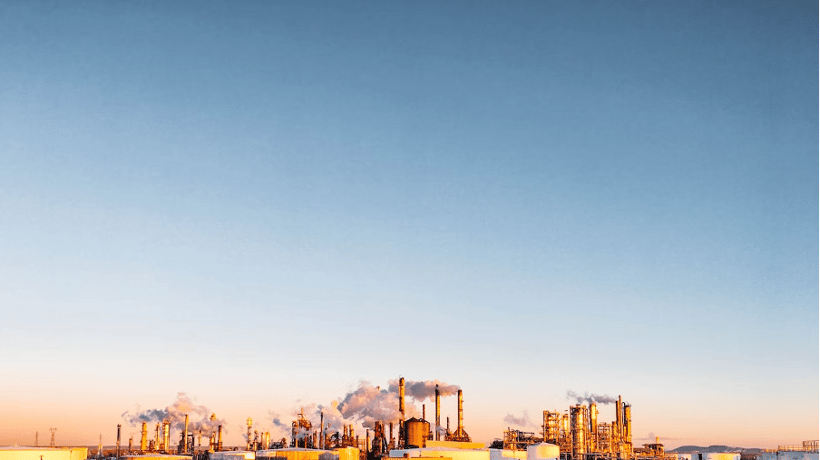
Oil - The fuel used to power these vehicles and many other industrial processes, such as petrochemical fertiliser for use in agriculture and the bitumen used to produce tarmac for roads, was and still is oil. This is a fossil fuel which is also very energy dense, like coal, but it's harder to extract. In the US in 1859 the first oil well opened and from then until a peak in the 1970s, the US was the largest oil producer in the world. This abundance of cheap fuel helped establish new industries and products which have become integral to our globalised economy. It’s so fundamental to so many processes that we would simply not be where we are today without it.
The Telephone - The telegraph had been a great way to communicate, but the telephone was an even better upgrade. You could directly talk to someone as if they were standing next to you. Alexander Graham Bell famously invented the telephone in 1876 which established a form of communication that again we rely on today. With some twists. This invention created more efficient commerce and allowed people to maintain relationships over longer distances than ever before. This was particularly critical for the industrialisation process of non english speaking countries as morse code is very hard to transfer into a code relevant for non-Latin based languages.
These three technologies converged into a new, better and more productive infrastructure that has seen huge rises in living standards for many. It is the technology that we still rely on in a large portion of our economies today. It has also not delivered on every promise as there are now clear problems with relying on fossil fuels and private automobiles for people and the planet.
The third industrial revolution
This third revolution is what will break us out of the 20th century shackles that are part of what is polluting the earth and causing dangerous levels of greenhouse gases to warm the planet and destabilise every aspect of the natural world which we entirely rely on. It is happening right now, we are in the midst of it. It's a delicate balance between having technologies ready, scalable and available. This is critical. As William Gibson once said, “The future is already here - it's just not evenly distributed”.
Just as in the previous two examples this revolution won’t happen at any one time, there will be varying technologies that evolve and come together to create a new system of efficiency. Always revolving around how we move, power and manage economic activity.
Automated Vehicles - The third revolution first could see the automation of vehicles unlocking new levels of efficiency. No longer do you need farmers riding in tractors, lorry drivers hauling goods, or even you and I spending on average 4 years of our lives stuck behind a wheel, putting our fantastically smart brains to little use. This reduces the cost of everything as you have better and better software providing greater and greater efficiencies. You no longer need so many cars on the road as the same number of vehicles can do much more work. This frees up time, space and resources to be diverted to even more value adding activities. This lowers the cost of everything and improves fuel efficiencies.
Renewable Energy - The second comes from how we power economic life and this is all about renewable energy. Renewable energy is a game changer because of what it can do to the marginal cost of every single industry. Today, as we can so clearly see from the cost of living crisis, we are at the mercy of the price of oil and gas. These two things drive the entire economy and so when they go up, everything goes up. These resources will always cost money to constantly produce and they are scarce and getting scarcer, because they are a finite resource.
Renewables on the other hand cost money to build, but after that initial investment they require little ongoing maintenance (as an overall percentage of the value you can get from them), and this cost will drop over time too. This means for every increase in the output of renewable power vs fossil fuel the economy will get cheaper to run, until potentially power will be close to free, a result of being in a state of abundant energy availability. Once this limit is lifted there really could be no barriers to what we could create. This isn’t even mentioning nuclear fusion, which at the time of writing (13/12/22) has just passed the threshold for producing more power than it uses, another gamechanger.
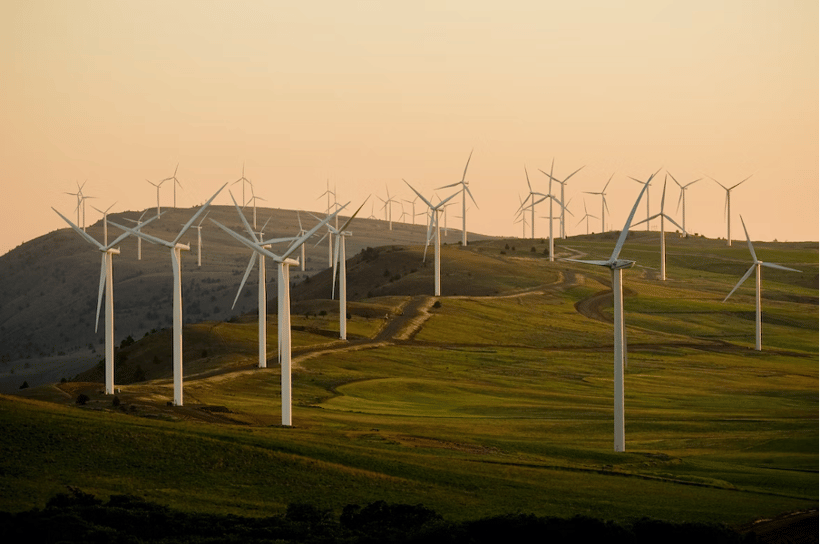
Digital, Connected, Autonomous Systems - The final part of this revolution is the furthest to be underway. It's the internet revolution that we are all entirely aligned with now. There is already a generation of digital natives who live and breathe online and data. This mindset breaks down barriers globally and realigns the world into a common family all oriented towards solving global problems. This revolution can go even further though, once sensors are embedded in everything and this data is more easily accessible then more and more services, processes and solutions can be built on top. There is already a growing amount of specialised AI too which can learn from data and improve processes without direction. These generative models rely on machine learning and could unleash untold benefits.
How construction fits into the revolution
We are already seeing automated vehicles on construction sites doing earthworks. This is better for safety and efficiency, what if vehicles could work throughout the night continuing to deliver programs, with just a couple of supervisors monitoring progress. What if all the deliveries to site were on a much more certain timetable because traffic issues no longer plague the network. What if autonomous drones can help 3d print incredibly intricate structures that are strong and utilise fewer resources.
Drones can collaborate to build architectural structures
What if the cost of steel was tiny because the main steel producers have all switched to abundant geothermal energy to produce the steel. Perhaps all generators would be using hydrogen so would be silent and would just produce a small amount of water as they run.
We already know the value of digital technologies. But as these other revolutions occur there will be even more data and information to base decisions off. Every vehicle can be submitting productivity information, drones and satellites can continuously update digital twins, clashes can be predicted ahead of time and conditions that might cause rework are no longer even possible because of an increasingly automated and aware workforce.
Built Robotics' Autonomous Construction Vehicles
No doubt these converging technologies will create a plethora of services and solutions on top that we can't even think about right now, but could become a reality and essential to how we work in the coming decades. It’s not easy to pinpoint when this convergence will become an unstoppable force, but it will be in our lifetimes and probably sooner.
How the revolution fits into construction
Throughout the first two revolutions construction played a critical enabling role. Train tracks, factories, telecommunications cabling and equipment, factories, schools, hospitals, all designed and built by the construction industry and all elements of infrastructure that help run or make up modern life. Construction will be just as important in this third revolution and will benefit greatly if we can rise to the challenge.
It’s obvious, but construction will be needed to make the revolution happen. There is so much new smart infrastructure to build and install. Retrofitting too. Our old world is truly crumbling from lack of investment and its simply not fit for purpose. The dire need to build a sustainable world will force our hand, whether we go willingly or kicking and screaming.
Why I’m cautiously optimistic too
At EHAB we have seen that weather and climate risk is a growing threat to construction and many other industries too. Everyone we speak to sees this. Not one person have I met who has not recognised this as a problem. Construction people are problem solvers and once they understand what the data is saying can wield it to great effect. As the digital native generation moves more and more into the workforce we’ll form new processes and habits that will outgrow those that exist today and I'm sure that the value that is generated from having a construction industry plugged into the third industrial revolution will be clear.
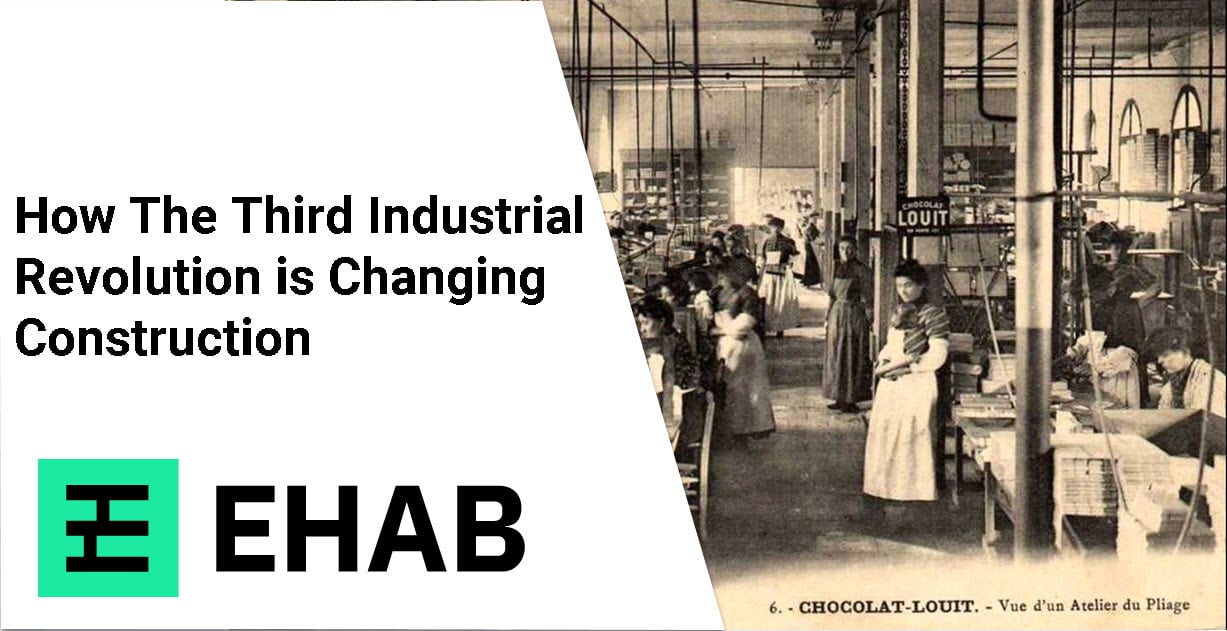

.jpg?width=352&name=pexels-mikael-blomkvist-8961065%20(1).jpg)
